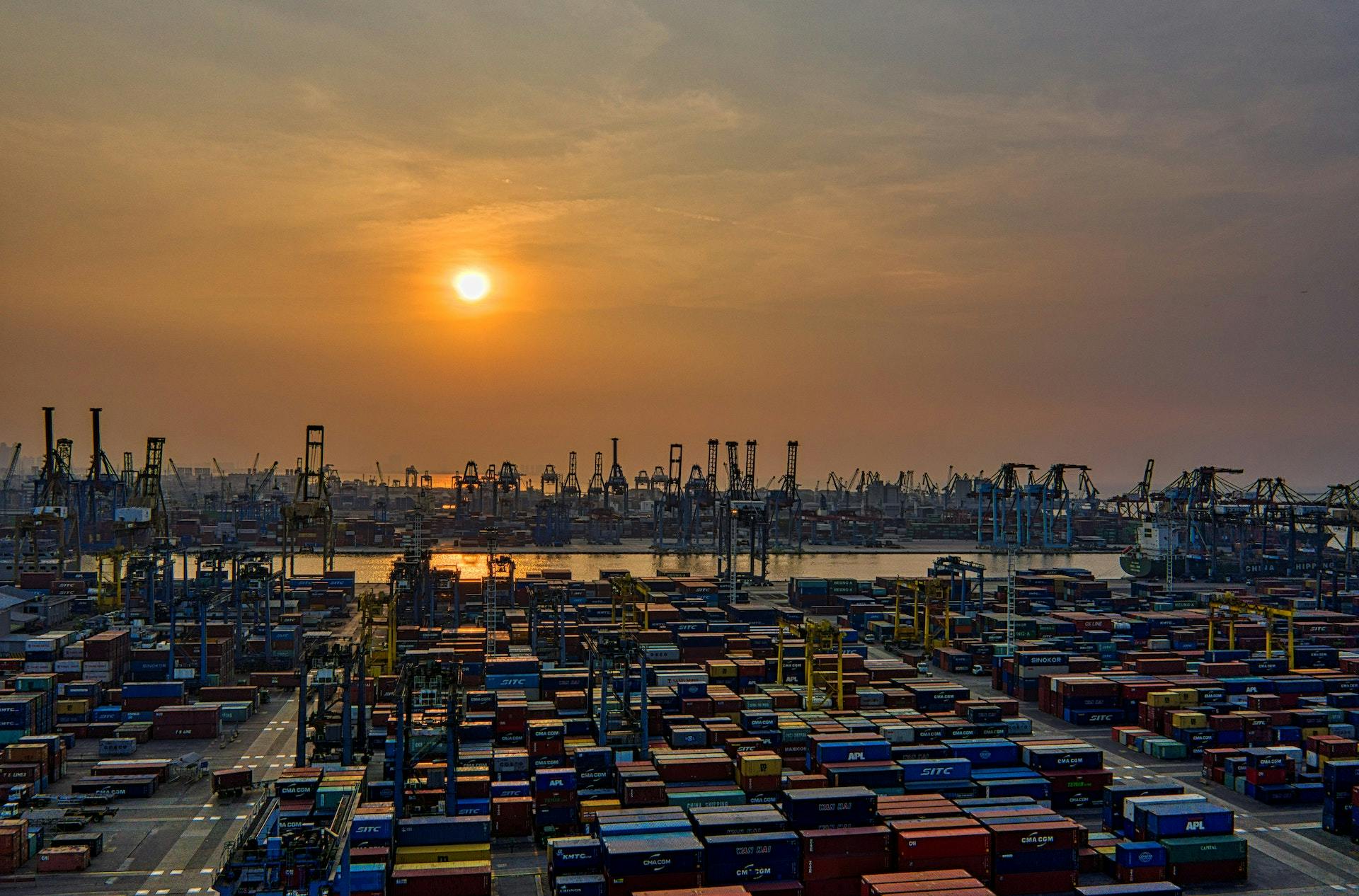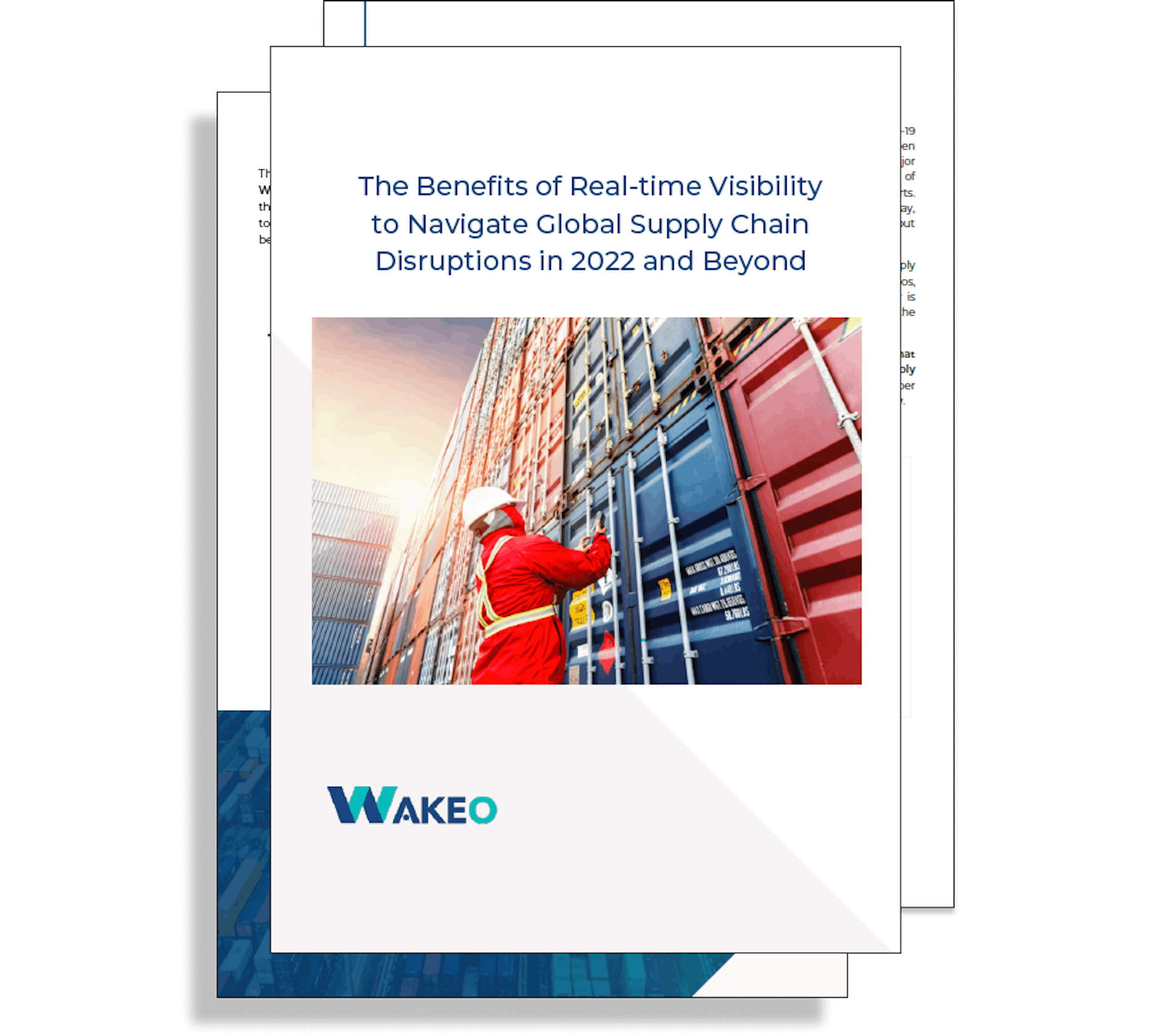Jan 14, 2026 Webinar | Global Supply Chain Architecture: Examining Red Sea’s Evolving Impact - Register Now

Building resilient supply chains
Either due to weather conditions, change in governance, trade tensions, port congestion or strike, uncertainty has always been part of supply chain operations. But the COVID-19 pandemic amplified the need for agility and resilience and emphasized the lack of visibility in today’s supply chains.
The need for a new logistics philosophy
In the past, supply chain optimization strategies were based on simplifying flows, by reducing the number of suppliers and vendors, and by massifying production to keep costs as low as possible. As a result, most companies have limited sources of production in Asia, especially in China. While this strategy has shown short-term benefits, the COVID-19 crisis revealed that single-sourced businesses will be more at risk in the future. If a company relies on a single partner or a single location, it will be tied to the circumstances of the location from which it sources from, and will be more alike to suffer product shortages or delays compared to a multi-sources company. Dependency on a supplier or a country will eventually affect the company revenue.
The ability to efficiently collaborate with a wide network of partners is key to minimize the impact of disruptions on revenues.
Building resilient model to mitigate risks
Adding new sourcing from new geographical areas, multiplying the number of suppliers with different regulations and business practices will help build a more diversified and secured logistics networks. Companies with resilient logistics system models that can quickly adjust their supply chain will be more able to adapt and react at a fast pace to disruptions.
With many players involved, heterogeneous systems of communication, and an environment historically built in silos, accessing reliable data in real-time can be challenging. Despite the recent wave of digital transformation within the logistics industry, companies are still suffering from a lack of visibility. And new complex flows are yet to come as alternative options and routes will have to become a feature of most supply chains in the future.
Relying on visibility and transparency to get prepared for uncertainty
In this context, companies will need to create end-to-end visibility through the implementation of digital tools and control towers. Real-time, reliable, and accurate data consolidated on a unique platform will provide them with a powerful tool to understand the impact of unexpected events, make smart decisions and provide the right level of agility needed when addressing these disruptions.
Wakeo’s real-time visibility solution captures and uses the data across the entire supply chain in order to provide enhanced visibility at every level. This helps our clients to improve both their short and long-term decision making and performance and better collaborate internally and with their service providers.
A data-driven supply chain to make smart decisions and improve collaboration
Wakeo users are able to understand how delays will affect their flow of materials or goods and when they can expect them to arrive. Based on this information, they can decide to opt for another route, shift to another transport solution, or find a new source for the supplies or materials.
Improved visibility also allows you to identify weak points in your logistics and supply chain. You can access advanced analytics that highlight performance by geographic region, transport leg, hubs, or freight forwarders (to name but a few) so that you can identify sections of your supply chain that are underperforming.
An agile, networked ecosystem in which all parties work collectively with transparency will help them to quickly adapt their stocks and maintain business continuity in case of odd events. Companies that will implement the right technology will be in the best position to manage upcoming challenges.
